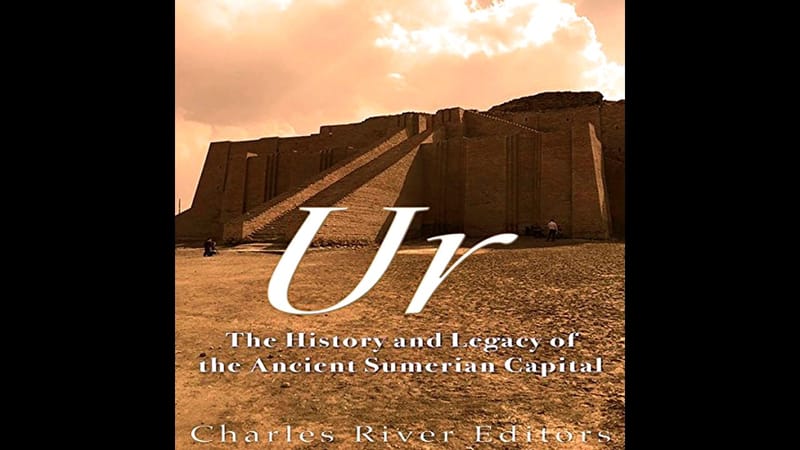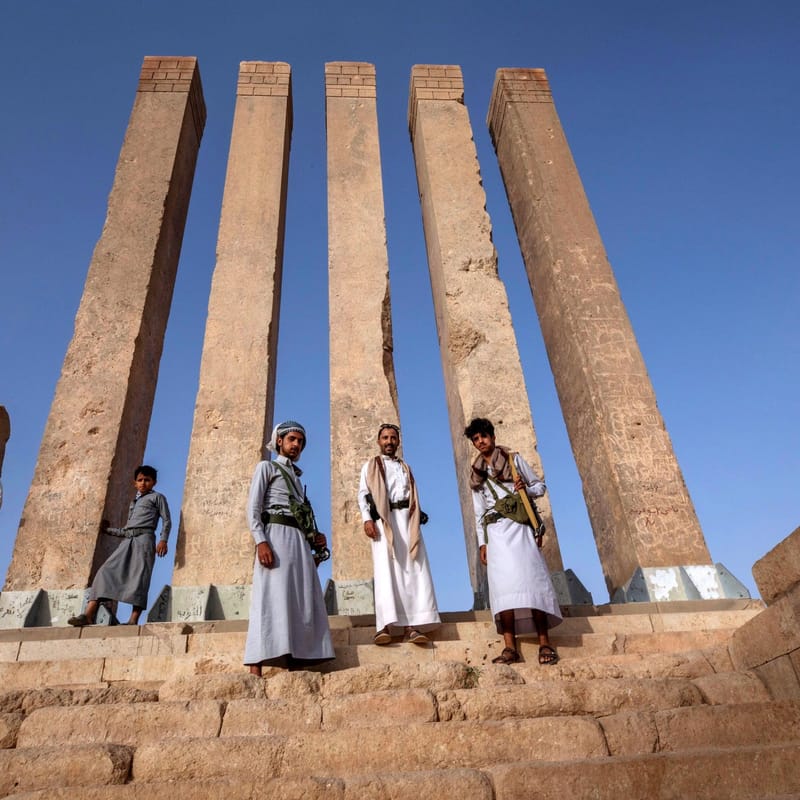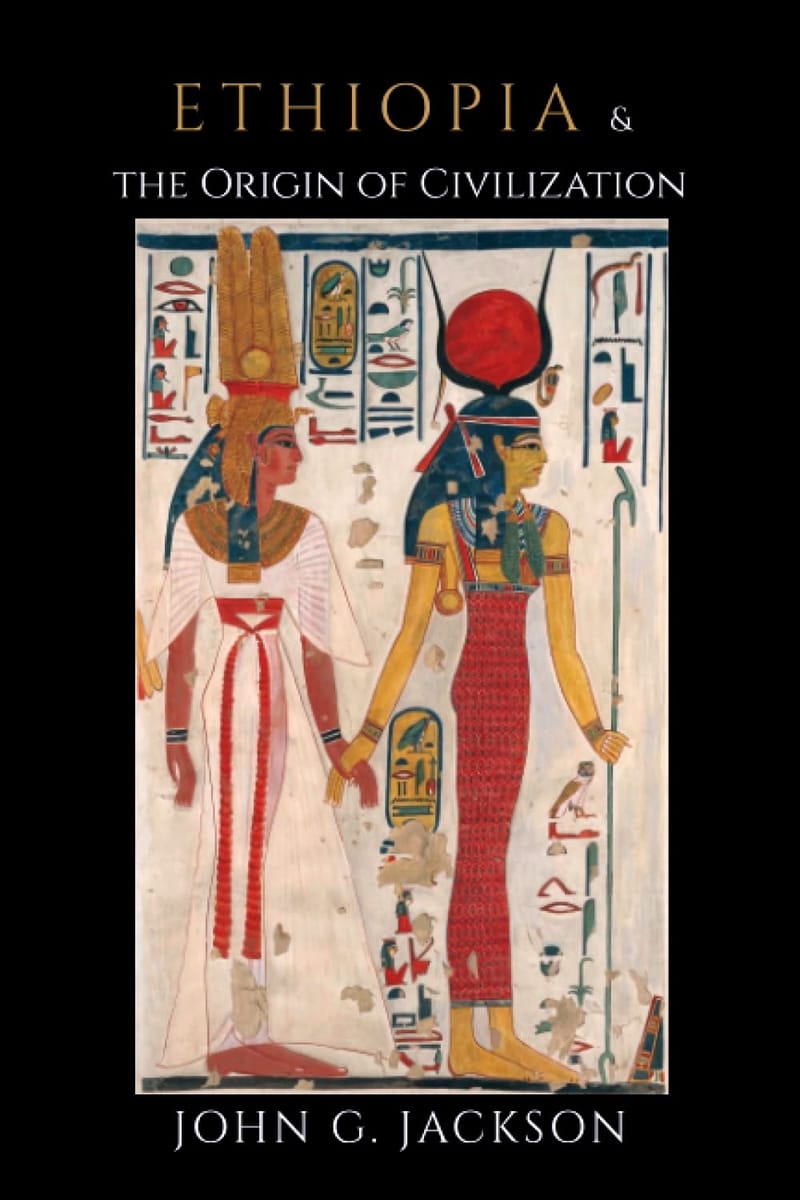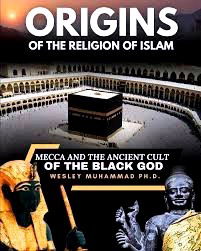Charles Rivers editors, Ur: The History and Legacy of the Ancient Sumerian Capital – December 4, 2015
Truly, when it comes to important ancient cities, Ur should be counted among the greatest. Ur: The History and Legacy of the Ancient Sumerian Capital traces the history and legacy of one of the most influential cities of antiquity. The city of Ur was a cultural beacon for thousands of years. At its height, Ur was the center of a great dynasty that controlled most of Mesopotamia directly through a well-maintained army and bureaucracy and the areas that were not under its direct control were influenced by Ur’s diplomats and religious ideas. This ancient Mesopotamian city stood foremost among ancient Near Eastern cities long before Alexandria Memphis and Babylon came to the light. Today, the cultural influence of Ur has been largely forgotten because time had erased the footprints of men in the region. Ur and most other Mesopotamian cities were made of mud brick. Mud brick may be an easier material to work with than stone but it also decays much quicker. The people of Mesopotamia, which Ur was part of, employed the cuneiform system of writing. Cuneiform was almost always written on clay tablets. Ur was a truly resilient city because it survived the downfall of the Sumerians, outright destruction at the hands of the Elamites.
- Category: Reading Bar Café




